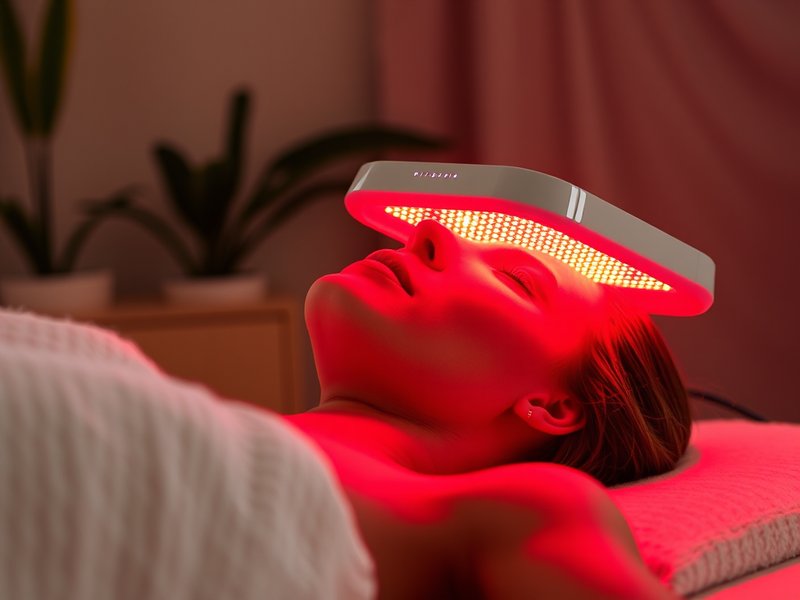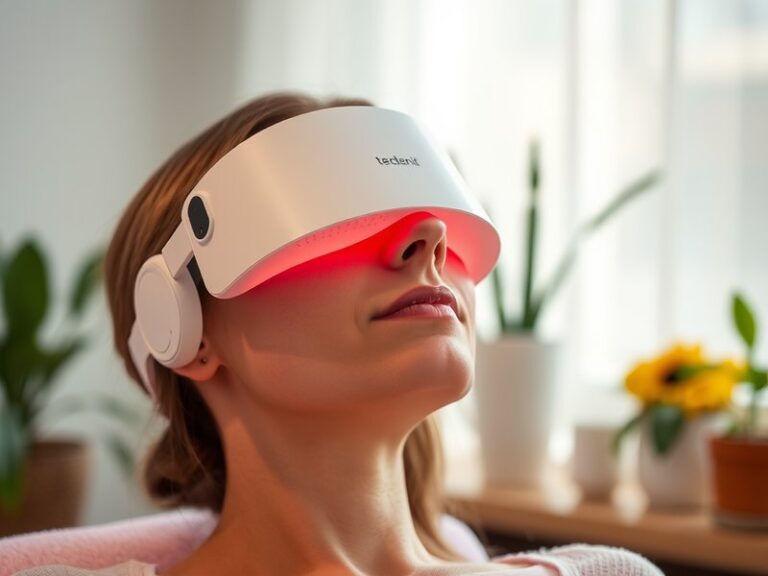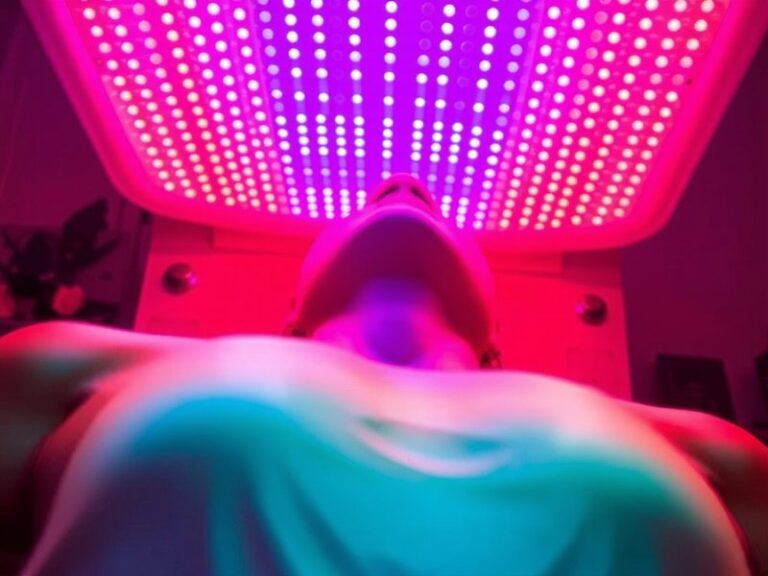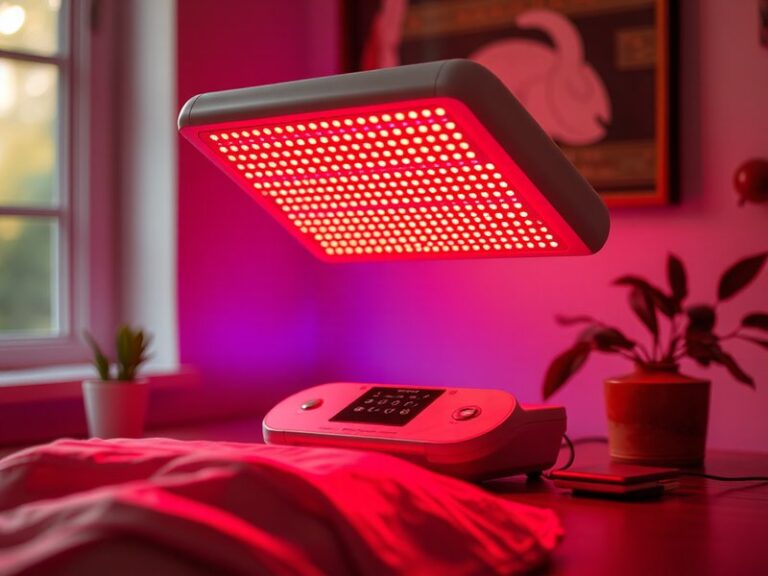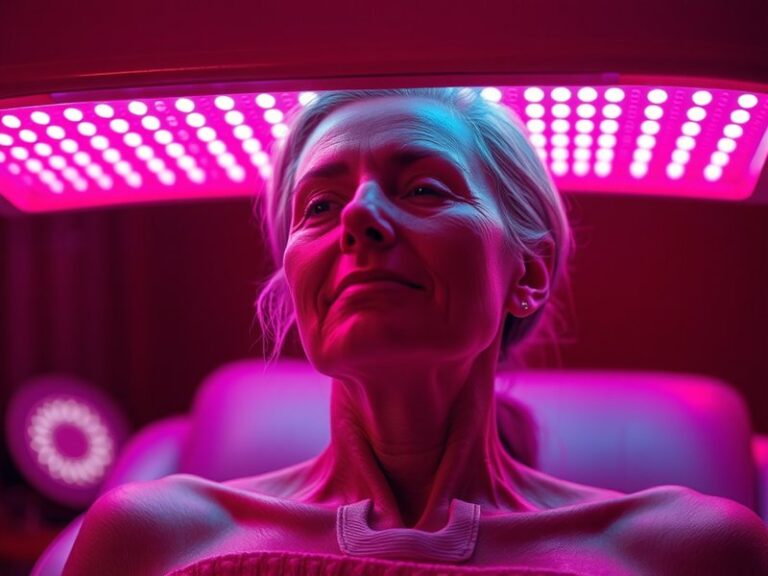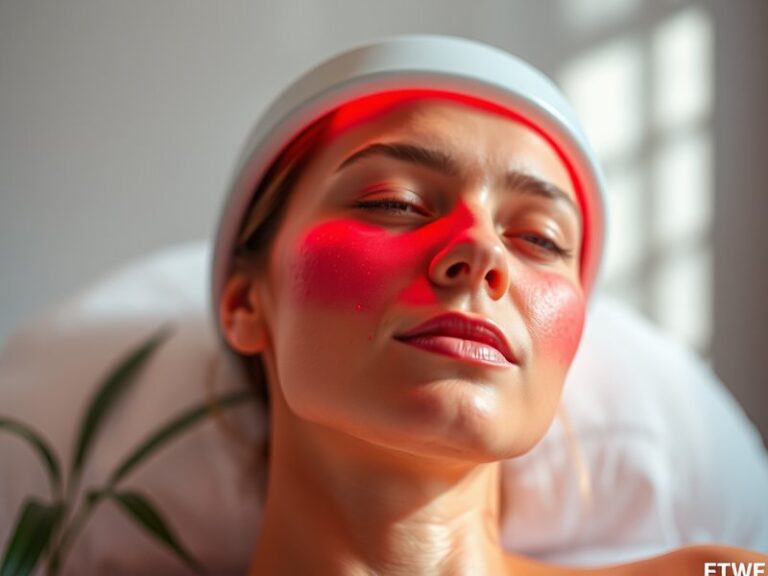Can Red Light Therapy Be Done With Any Red Light?
Can Red Light Therapy Be Done With Any Red Light?
Have you ever wondered if any red light can provide the benefits associated with red light therapy?
This article will explore the specifics of red light therapy, elucidate the distinctions between various types of red light, and clarify whether any red light source can be used for therapeutic purposes. You’ll gain an understanding of the benefits, considerations, and alternatives to ensure you make informed choices about red light therapy.
Key Takeaways
- Not all red lights are created equal; specific wavelengths are necessary for effective therapy.
- Red light therapy offers numerous skin and health benefits, including improved healing and reduced inflammation.
- Understanding the technology behind red light sources can help individuals choose effective treatment methods.
What is Red Light Therapy?
Red light therapy (RLT) is a non-invasive treatment that utilizes specific wavelengths of red light—typically between 600 to 900 nanometers—to promote healing and cellular regeneration. It is often employed for various applications, including skin rejuvenation, pain relief, and improved muscle recovery.
The therapy works by penetrating the skin and stimulating mitochondria, the powerhouse of cells, leading to increased energy production and improved cell function. Health professionals and at-home users alike utilize red light therapy for its promising effects on both aesthetic and health-related concerns.
What are the Benefits of Red Light Therapy?
Red light therapy boasts a wide range of advantages, which can be particularly beneficial to your health and skin. The following points delve into some of the notable benefits.
Enhanced Skin Health
By stimulating collagen production, red light therapy helps reduce fine lines, wrinkles, and scarring. Studies have shown that regular use of RLT can lead to a significant improvement in skin texture and firmness.
Faster Healing of Injuries
Red light therapy enhances the body’s natural healing processes, particularly in treating injuries and wounds. It has been reported to reduce inflammation and promote faster recovery from conditions such as sprains or strains.
Improved Mood and Sleep Quality
Beyond physical benefits, red light therapy may also have a positive impact on mental well-being. Some research indicates that exposure to red light can regulate circadian rhythms, leading to improved sleep and reduced symptoms of anxiety and depression.
Reduced Inflammation and Pain Relief
RLT has shown promise in significantly alleviating pain associated with various conditions such as arthritis, fibromyalgia, and muscle soreness. Its anti-inflammatory properties can contribute to enhanced recovery post-exercise.
Is it Possible to Use Any Red Light for Therapy?
While it may be tempting to think that any red light can be used in red light therapy, it is essential to understand that not all lights will deliver the intended effects. True therapeutic effects rely on specific wavelengths and dosages.
What are the Advantages of Using Proper Red Light Devices?
Using the correct red light therapy devices offers several key advantages, including enhanced efficacy, safety, and user experience:
Get the lowdown on Frequency of Face Red Light Therapy?
Effective Wavelengths
Therapeutic devices emit light at targeted wavelengths (generally between 630-660nm for red light and 800-850nm for near-infrared light) that have been scientifically proven to penetrate the skin effectively, maximizing benefits.
Controlled Energy Output
Professionally designed therapy devices can provide controlled energy output, allowing for a consistent and safe therapy session compared to arbitrary red light sources that might vary in intensity.
Durability and Technological Innovation
Purpose-built devices are often designed for longevity and maximum effectiveness, incorporating advanced technologies that general red lights do not possess.
Extra Features
Many red light therapy devices come with built-in features such as timers, adjustable intensities, and multi-wavelength options that enhance the overall user experience and ensure optimal therapeutic outcomes.
What are the Disadvantages of Using Incorrect Red Light Sources?
Attempting to use any red light source instead of dedicated devices comes with several disadvantages:
Inconsistent Results
Using non-therapeutic red lights may lead to inconsistent results due to improper wavelengths or insufficient energy delivery, resulting in frustrating experiences without benefits.
Potential Harm
Some lights, particularly high-intensity LED bulbs that are not designed for therapy, can cause overheating or skin irritation, leading to discomfort or harm.
Time Inefficiency
DIY approaches often require significantly longer exposure times to achieve the same benefits that a proper device can provide in a shorter time.
What are the Things to Consider Before Using Red Light for Therapy?
Before diving into red light therapy, it’s important to consider several key factors to ensure your approach is safe and effective.
Wavelength Precision
Ensure that the red light device you choose emits light in the specific therapeutic ranges known for efficacy. Look for products that reference these parameters.
Skin Sensitivity
Evaluate your skin type and any existing conditions. Individuals with skin sensitivities or conditions should consult a healthcare provider before beginning red light therapy.
Device Quality
Invest in high-quality devices that are well-reviewed. Avoid cheap alternatives that may not deliver the necessary wavelengths or intensities for therapeutic use.
Consult Professional Guidance
If you’re unsure where to start, consulting with a healthcare provider or a professional specializing in light therapy can guide you toward safe and effective choices.
What are the Alternatives to Red Light Therapy?
If you are exploring options beyond red light therapy, consider the following alternatives that also promote healing and wellness.
Near-Infrared Therapy
Similar to red light therapy, near-infrared therapy penetrates deeper into the tissues. It’s particularly effective for pain relief and reducing inflammation.
Blue Light Therapy
Primarily used for acne treatments, blue light therapy targets the bacteria that trigger acne while promoting overall skin health, making it a great complementary option.
Intense Pulsed Light (IPL) Therapy
IPL therapy offers a broader spectrum of light wavelengths for various skin conditions, from sun damage to vascular lesions, providing versatile treatment options.
Cold Laser Therapy
This non-invasive option uses specific wavelengths to alleviate pain and inflammation without the heat often associated with traditional laser therapy, suitable for sensitive patients.
Conclusion: Is it Recommended to Use Any Red Light for Therapy?
In summary, while the idea of using any red light for therapy may seem appealing, it is crucial to understand the specific requirements for effective red light therapy. Utilization of the correct wavelengths and energy output is key to reaping the benefits while minimizing risks. For optimal results, it is recommended to invest in high-quality, purpose-built red light therapy devices or consult professionals for guidance.
Frequently Asked Questions
Can I use a regular LED light bulb for red light therapy?
Using a standard LED light bulb is not recommended for red light therapy, as they often do not emit light in the required therapeutic wavelengths.
How long should I use red light therapy for it to be effective?
Generally, therapy sessions can last from 10 to 20 minutes, though this may vary based on specific device instructions and treatment goals.
Is red light therapy safe for all skin types?
While most skin types can benefit, individuals with certain skin conditions should consult a healthcare professional before starting red light therapy.
Are there any continuous studies on red light therapy?
Yes, ongoing research continues to examine the efficacy of red light therapy for various conditions, including its effects on pain management, skin health, and recovery processes.
What is the best time of day to use red light therapy?
Many users find morning sessions beneficial for energy, while others prefer nighttime use to promote relaxation and better sleep quality.
Get the lowdown on Cost of Red Light Therapy?
